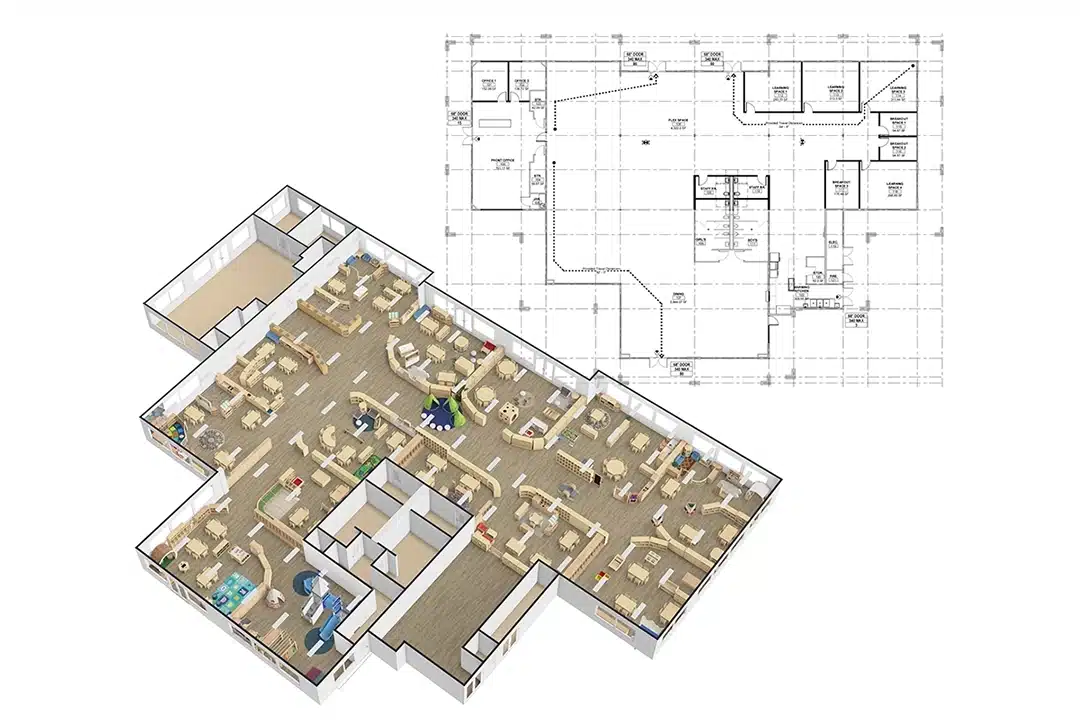
Reggio Emilia Toys for Open-Ended Learning
Our Reggio Emilia toys are thoughtfully designed to support child-led learning, open-ended exploration, and sensory development. Made from natural and safe materials, these toys promote creativity, collaboration, and critical thinking in preschool and early education settings. Suitable for Reggio-inspired classrooms, our products align with core educational principles while meeting international safety standards.

























































